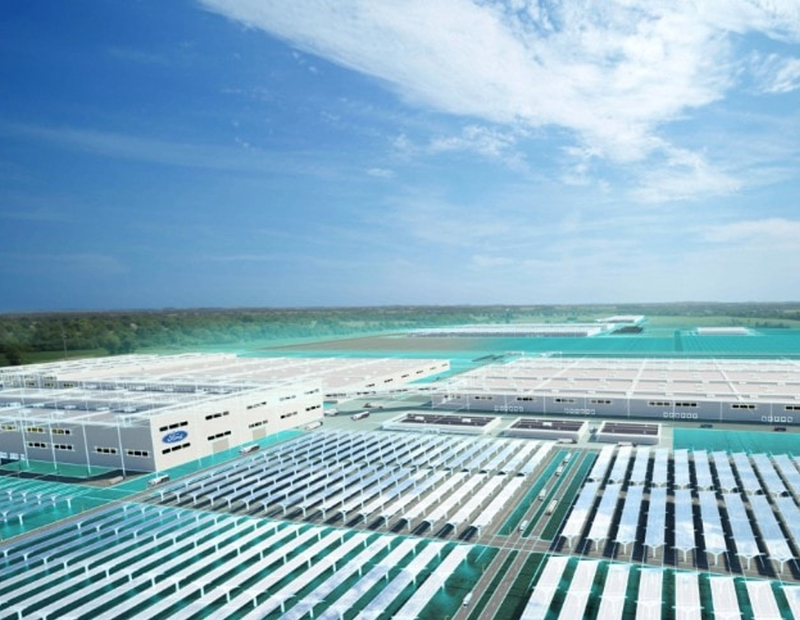NAREE Special Report: Multi-Family’s New Trajectory
With vacancy rates significantly improved over the past couple of years, landlords can work to make that rent recovery happen. The national average vacancy rate in the first quarter was 5.1 percent, noted Mark Obrinsky, chief economist for the National Multi Housing Council.
By Suzann D. Silverman, Editorial Director
Despite growing rents and occupancies, there is still room for improvement in the multi-family sector, Mark Obrinsky observed during the panel discussion Multi-Family Boom: When Will This Hot Segment Sputter? at the National Association of Real Estate Editors’ real estate news conference in Denver. The chief economist for the National Multi Housing Council noted that although rents increases have risen between 4.5 and 5 percent, real rates (after expenses) are actually up 1.5 to 2 percent. While still good, the national average at the last peak, in the third quarter of 2011, was still 6 percent lower than increases in 2006. By some measures, there’s still some recovery to come, he said.
And with vacancy rates significantly improved over the past couple of years, landlords can work to make that rent recovery happen. The national average vacancy rate in the first quarter was 5.1 percent, Obrinsky noted, a far cry from 2009’s 15 percent and closer to the range of 4 to 5 percent in 2006-07. Landlords have pricing power, declared Adam Fruitbine, managing director for Alliance Residential Co. Both rents and vacancies vary by market, but all the markets have come through the downturn and snapped back very quickly, he maintained. At the same time, don’t underestimate the impact of the economy, warned AIMCO CEO Terry Considine: How the capital markets play out is the biggest threat to multi-family.
As with single-family housing, multi-family faces a shortage of supply relative to demand—making overbuilding not even a word worth bringing up, according to Obrinsky. For about 10 years, starts remained level at about 300,000 units per year, a figure that dropped to 100,000 after the downturn and has recovered to only about 200,000 today. That is at least 100,000 units behind meeting demand, and more likely 150,000, he said.
But panelists debated just how much of a trajectory demand will maintain in the long term. Considine sees a strong, predictable demographic impact from the generation following the Baby Boomers, and declared, The Baby Boomer bust is a bust.
And while Obrinsky sees a shift in preference among the newest generation to enter the apartment market—a group that likes using better than owning (think Zipcars and streaming video), not to mention a desire for greater mobility and a reluctance to add a mortgage on top of student debt—Considine believes such preferences are short-term and that, like their parents, the Gen Yers will eventually also want to own.
Fruitbine, for his part, is answering Gen Y members’ strong desire to depart their parents’ homes by building smaller, more affordable units.






